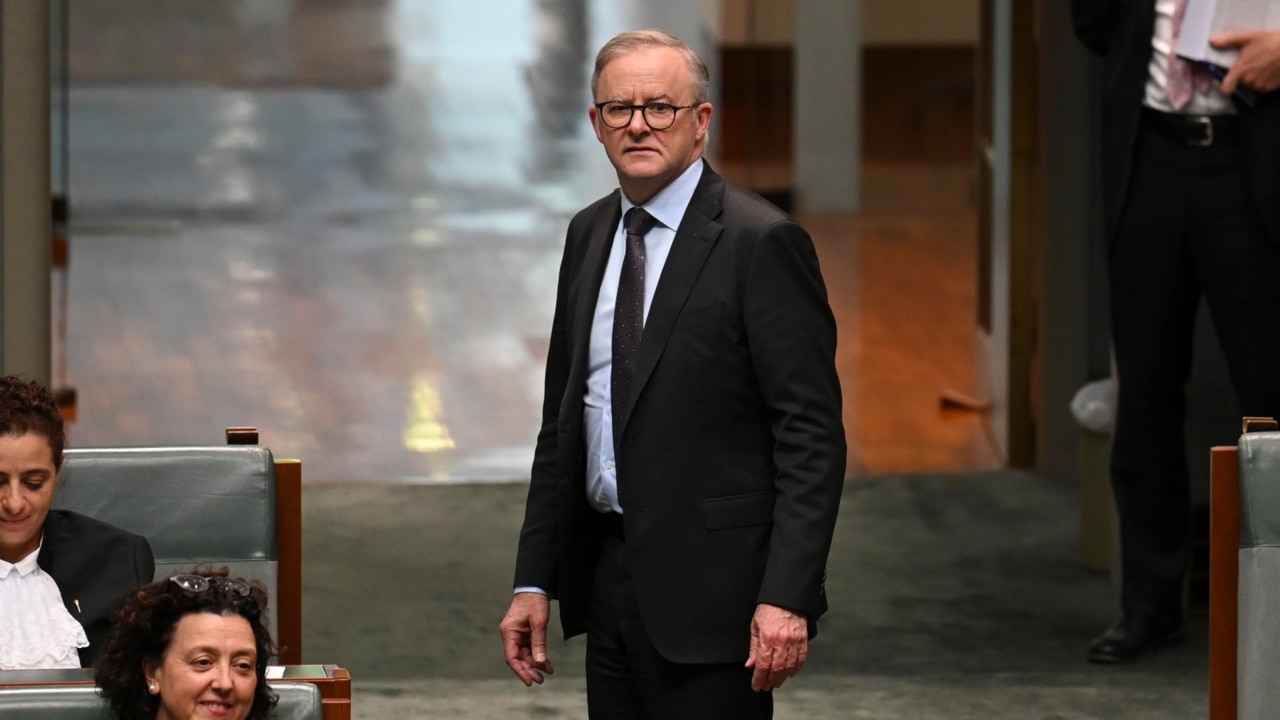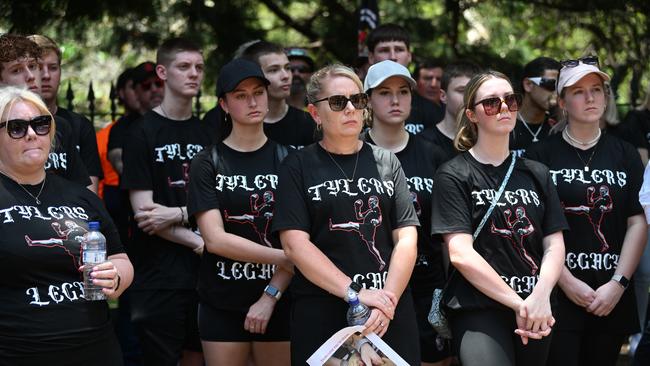
Instead of the 13 builders, the Construction, Forestry, Maritime, Mining and Energy Union will be in control of the projects, including effectively setting the costs of all union-dominated Queensland construction projects. It will make Queensland, already Australia’s most expensive state for building, far more costly.
The agreement will make hogwash of the already ballooning original cost estimates of Olympic facilities, led by the Gabba reconstruction.
The Queensland government created the environment for the agreements by creating a huge shortage of building skills when it put out to tender far more projects than the Queensland industry could handle, opening up a 45 per cent cost gap between NSW and Queensland.
And given the fact that the Commonwealth is refusing to compensate Victoria for bad management of infrastructure, federal Treasurer Jim Chalmers will need to be consistent and demand that Queenslanders, like Victorians, pay for their government’s mistakes. Chalmers is a Queenslander so it will not be easy for him.
In turn, Queensland will be tempted to encourage coal miners to expand, so the miners can pay higher royalties to fund the higher Olympic and other infrastructure costs.
The CFMEU negotiated identical “control” enterprise agreements through around 13 already battered building employers. All were approved by the Fair Work Commission. The builders include John Holland QLD, Hansen Yuncken, Multiplex, Mirvac, Besic Watpac, KMA Project Services, ACS, WHA, Keller, Queensland Site Services, BJS Group, Invicta Industries and BKH.
The above contractors have completely given up large chunks of managerial prerogative, effectively permitting the CFMEU to control construction pricing and programs, and who is and is not permitted to participate in the industry. Therefore it controls all public infrastructure and most non-single dwelling construction in Queensland.

Some of those who gave away control in Queensland have operations in NSW, so will now be put under extreme pressure to duplicate the Queensland precedent.
Most NSW agreements expire at the end of this month. If they repeat the Queensland cave-in, then Sydney and probably the rest of Australia will be an infrastructure and commercial building cost disaster area. There is a danger small dwelling costs will follow.
I regard this dramatic Queensland development of national importance, so I found time in my break to keep readers informed.
In new projects such the rebuilding of the Gabba or a hospital, the contracting builder is normally required to put a price on a project.
Now that they do not control projects, builders may look to add a vast margin and hope that it will be enough. In practice, most tender prices will be on a cost-plus basis. Rarely will such tenders create an acceptable major project investment proposition for capital providers, including industry superannuation funds.
Governments usually don’t care and simply borrow the extra money, but Queensland has coal options if it can stand the environmental heat.
In Australia, there is a history of industrial disasters that followed when unions used their bargaining power to achieve control of management. The past disasters are led by the motor industry, where for many years the government subsidised GM, Ford, Toyota and others to compensate for the work practices that arose from union control.
When the subsidy was about to be taken away, the unions would not change, and so the internationals shut down. In Whyalla the board of OneSteel signed an agreement that gave control of the Whyalla steel plant to the unions, and very soon the inevitable cost explosion plus tough markets meant the Whyalla plant was set to close until the Gupta group undertook a rescue. Sanjeev Gupta’s first action was to change the enterprise agreement, so management regained control.
In Queensland, the “control” agreements will not only boost building costs but set all-embracing contractor work patterns that the union will seek to export to other states, led by NSW.
And to underline the enormous power of the CFMEU in Queensland, in the week following the collective agreements coming into operation, the union played a key role in making Steven Miles premier.
Just what role that will give the CFMEU in running the state, given the real managers of Queensland projects will now be the CFMEU, is not yet known.
But many family businesses, which previously would have wanted to be involved in these projects, now face considerable dangers in tendering for union managed commercial building contracts.

Many skilled contractors may choose not to be involved, so further increasing project risks and costs. But for those working on the union-managed projects, pay rates will often be in the vicinity of 50 per cent greater than southern states. Many will travel to Queensland unless other states match the pay.
The agreement also appears to establish an industry agreement pattern where the most generous aspects of the previous individual corporate agreements are bundled together to lift costs and lower productivity.
Here are some of the features of the Queensland agreements:
• Removing the employer’s right to determine how its workforce for a project is to be divided between direct employment and subcontracting by prescribing eight areas that must be direct employment (unless agreed by the union) and setting rules for how subcontractors are to be procured and deployed. If a building employer wishes to engage contractors and their employees to perform work, the employer must first consult with the union.
• As soon as practicable after being awarded a contract, and prior to engaging subcontractors, the employer must inform the union which subcontractors it intends to use for the project.
● If the employer decides to engage subcontractors, the employer shall ensure that these contractors and their employees receive wages, allowances and conditions equal to or better than those contained in the agreement.
• As will apply in many future industry agreements, there is a ‘‘jump up’’ provision requiring that where an employee is on a site where higher wages and conditions are in place for a majority of workers, they must apply to the employee.
• Weather condition restrictions that allow unions wide powers to stop work.
Naturally, many family subcontractors will simply not wish to participate in projects under these agreements because not only does it set their pay rates but, like the head contractor, the subcontractor comes under the control of the CFMEU.
In addition, prior to tender if a head contractor were to pass on the details of a non-union subbie, then that subbie can expect “a visit from the union”.
Given what happened in the political arena, many will now classify Queensland as a CFMEU state.
Footnote: I am going to have a short break over Christmas, but I look forward to elaborating on family business and the many other issues that will arise in 2024. Your support in 2023 — including those who have a different view — has overwhelmed me. Have a wonderful Christmas.






Two days before Annastacia Palaszczuk resigned as Queensland premier, a radical state commercial building industry collective agreement came into operation. As a result, around 13 large commercial building companies no longer control their building projects in Queensland.